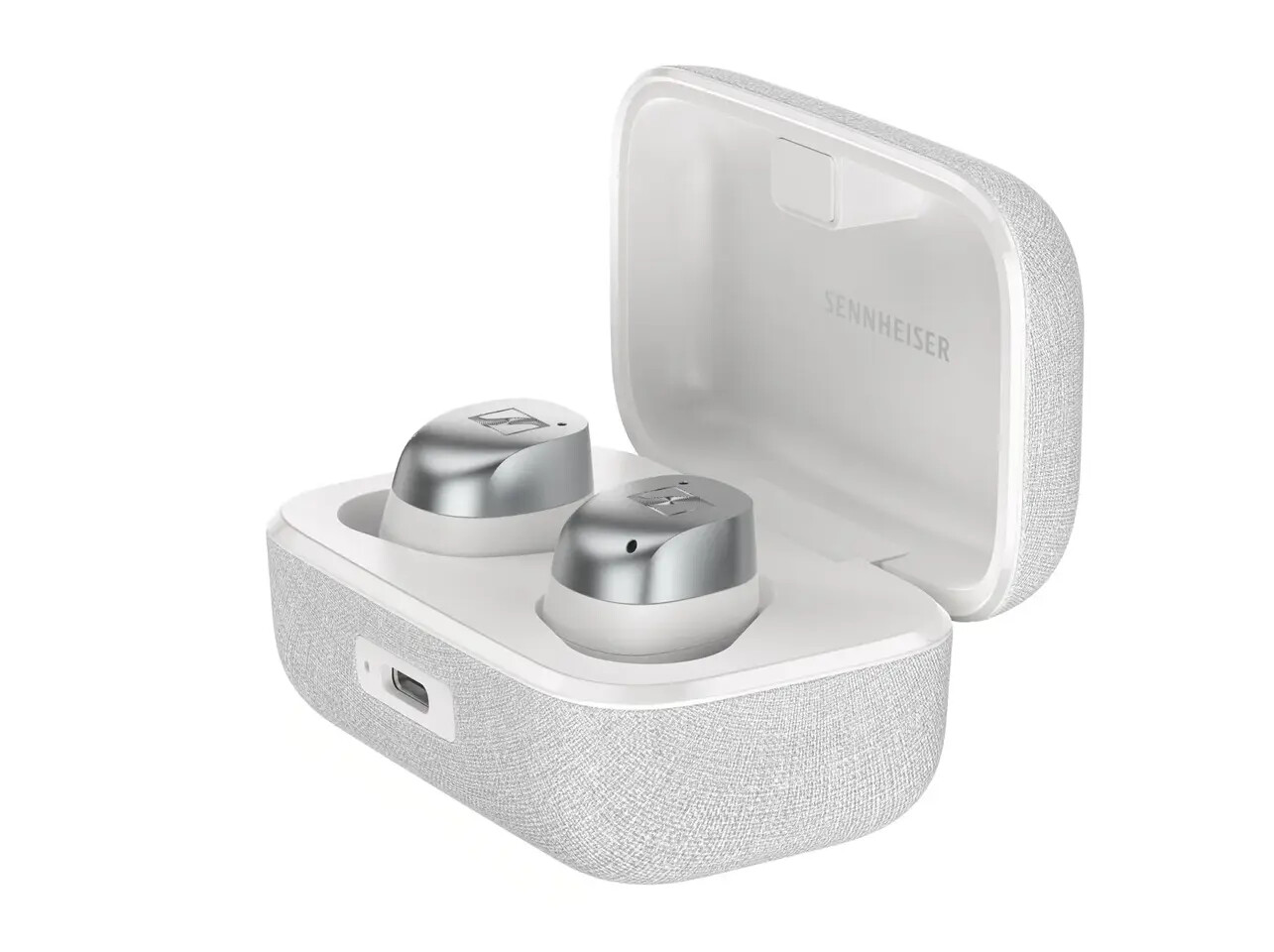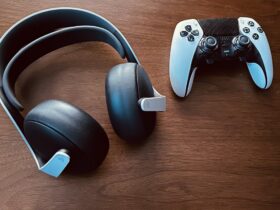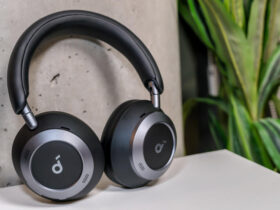Daftar Isi
Earbuds have become an indispensable accessory in our daily lives, providing a convenient and portable way to enjoy music, podcasts, and calls on the go. Understanding the basics of earbud technology is essential for choosing the right pair to suit your needs and preferences. Earbuds consist of several key components, including drivers, microphones, and connectivity options. Drivers are the miniature speakers housed within the earbuds that convert electrical signals into sound waves. They play a crucial role in determining the audio quality, with larger drivers typically delivering richer bass and clearer highs. Additionally, earbuds feature built-in microphones for hands-free calling and voice commands, ensuring clear communication even in noisy environments. When it comes to connectivity, users can choose between wired and wireless options, with Bluetooth being the most common wireless technology used in modern earbuds.
Key Components of Earbud Technology

Balanced armature drivers are known earbud technology for their accuracy in reproducing sound across the frequency spectrum, making them popular in premium earbuds. Dynamic drivers, on the other hand, offer a more robust bass response, making them well-suited for genres like hip-hop and electronic music. Microphones in earbuds vary in quality and positioning, with some models featuring multiple microphones for noise cancellation and clearer voice transmission. As for connectivity, Bluetooth earbuds provide the convenience of wireless freedom, allowing users to move around without being tethered to their devices. However, wired earbuds offer reliable connection and compatibility with a wide range of devices, making them a preferred choice for audiophiles and professionals.
Comfort Considerations for Earbuds
![]()
Comfort is another crucial factor to consider when choosing earbuds, as they are often worn for extended periods. Ergonomic design plays a significant role in ensuring a comfortable fit, with earbuds featuring various shapes and sizes to accommodate different ear shapes. Silicone and foam ear tips are commonly used for their softness and flexibility, providing a snug yet comfortable seal in the ear canal. Additionally, the weight and size of earbuds can impact comfort, with lightweight and compact designs being preferred for long-term wear. Some earbuds also feature adjustable ear hooks or wings to provide extra stability during vigorous activities like running or working out. Finding the right balance between comfort and sound isolation is essential, as a secure fit not only enhances comfort but also improves audio quality by minimizing external noise interference.
Audio Quality Basics in Earbud Technology

When it comes to audio quality, several factors come into play, including frequency response, impedance, sensitivity, and noise isolation. Frequency response refers to the range of frequencies that earbuds can reproduce, with a wider frequency range generally translating to more accurate and detailed sound reproduction. Impedance and sensitivity are electrical properties that affect how earbuds interact with audio sources, with lower impedance and higher sensitivity generally resulting in louder and clearer audio. Noise isolation is another critical aspect of audio quality, with earbuds featuring passive noise isolation through the use of ear tips and active noise cancellation technology that electronically cancels out external noise. Balancing these factors is key to achieving optimal audio quality and ensuring an immersive listening experience across a wide range of genres and environments.
Read More: Introduction to 3D Audio for Gaming Headset
Choosing the Right Earbuds for You

When selecting earbuds, it’s essential to consider your lifestyle, usage patterns, and budget. For active individuals who enjoy exercising or commuting, earbud technology with sweat-resistant and durable earbuds with secure fit are ideal. Those who prioritize audio quality may opt for premium earbuds with advanced drivers and noise cancellation technology. Budget-conscious consumers can find value in budget-friendly options that offer a balance between price and performance. Reading reviews and seeking recommendations from trusted sources can also help in making an informed decision. Ultimately, choosing the right pair of earbuds is a personal choice that depends on your preferences and priorities, so take the time to explore different options and find the perfect fit for your needs.
Conclusion
In conclusion, understanding the basics of earbud technology, comfort, and audio quality is essential for selecting the right pair to suit your needs and preferences. With advancements in technology, earbuds have become more than just audio accessories—they’re personal companions that enhance our daily lives with music, entertainment, and communication. By considering factors such as drivers, microphones, connectivity options, comfort, and audio quality, you can find earbuds that deliver an immersive listening experience and meet your expectations. So, whether you’re commuting, working out, or simply relaxing at home, invest in earbuds that elevate your audio experience and bring you closer to the music you love.

































